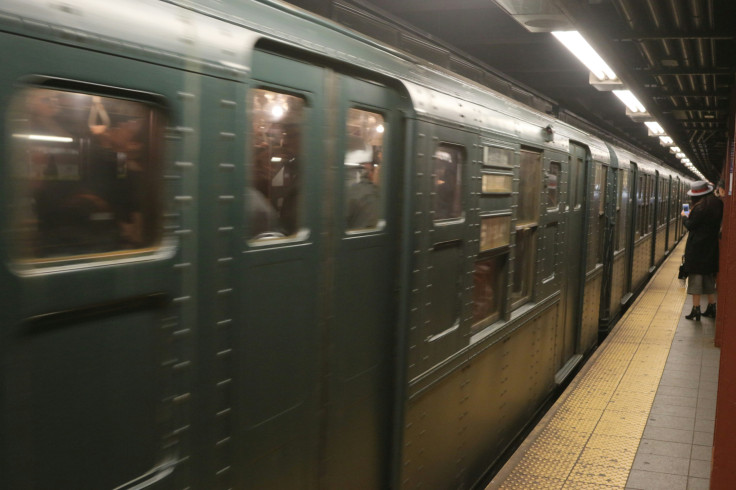What Is Subway Surfing? Shocking NYC Teen Videos Show Deadly Trend No One Is Stopping
NYC teens risk death chasing viral fame on moving subway trains

New York City is once again grappling with the deadly rise of subway surfing, a reckless trend in which teenagers climb onto moving trains for an adrenaline rush and social media fame.
The dangerous stunt, glorified on platforms like TikTok and Instagram, has already claimed several lives in 2025. On 4 October, tragedy struck when 12-year-old Zemfira Mukhtarov and 13-year-old Ebba Morina were killed while riding atop a Brooklyn-bound J train. Investigators believe the two girls met online and arranged the late-night escapade that ended in disaster.
Despite repeated warnings from city officials and transit authorities, subway surfing continues to lure young thrill-seekers chasing viral attention—often with fatal consequences.
What Is Subway Surfing?
Subway surfing involves climbing onto the roofs or sides of moving subway trains. Teenagers and young adults attempt stunts or simply ride along for the thrill, often recording videos to share online. Although the practice has existed for decades, its popularity has surged in recent years due to viral social media content.
Videos tagged with phrases such as 'subway surfing NYC' often show teens balancing on the train's roof or performing dangerous tricks while the train is in motion. Authorities warn that these videos glamorise a life-threatening activity and put young people at extreme risk.
Recent Incidents and Alarming Statistics
The deaths of 12-year-old Zemfira Mukhtarov and 13-year-old Ebba Morina are part of a growing number of fatalities linked to subway surfing.
According to Fox 5 New York, investigators believe the two girls met on social media and snuck out of their Brooklyn homes late Friday for what they described as an 'adventure.' Hours later, their bodies were discovered atop a subway car at the Marcy Avenue station after an apparent attempt to ride outside the train.
Police responded to a 911 call around 3:10 a.m. for two unconscious people on top of a train; both victims were unresponsive and pronounced dead at the scene.
The Dangers of Subway Surfing
Authorities emphasise that subway surfing is extremely dangerous. Riders risk electrocution from the high-voltage third rail, being crushed between the train and tunnel walls, or falling from significant heights. Injuries can occur within seconds and are often fatal.
According to an MTA press release, subway surfing is 'irresponsible and dangerous and it can be deadly' even for those who attempt it skillfully. Safety experts warn that teenagers may underestimate these risks due to peer pressure and the desire for social media recognition.
Role of Social Media in Fueling the Trend
Social media has played a significant role in the resurgence of subway surfing. Videos shared on platforms like TikTok and Instagram show teens performing stunts on subway trains, often gaining thousands of views and likes.
@nypost The two young girls horrifically killed in a Brooklyn subway surfing tragedy have been identified — while the younger victim's devastated dad sobbed that his daughter was "full of life, and taken from us far too soon."
♬ original sound - New York Post | News
These viral clips encourage others to attempt similar behaviour, perpetuating a cycle of risk-taking. Psychologists note that social validation and peer pressure contribute to the trend, as teenagers seek attention and recognition online.
Measures Taken by Authorities
In response to the growing concern, the NYPD has deployed drones to monitor elevated subway lines and increase patrols in high-risk areas. The city has also launched the 'Subway Surfing Kills – Ride Inside, Stay Alive' campaign, featuring public service announcements and digital signage in subway stations.
The Metropolitan Transportation Authority has partnered with New York City public schools and professional BMX athlete Nigel Sylvester to produce educational materials, including illustrated comics and videos, aimed at discouraging subway surfing.
Authorities continue to urge parents, educators, and community leaders to warn children about the dangers of this trend.
© Copyright IBTimes 2025. All rights reserved.




















